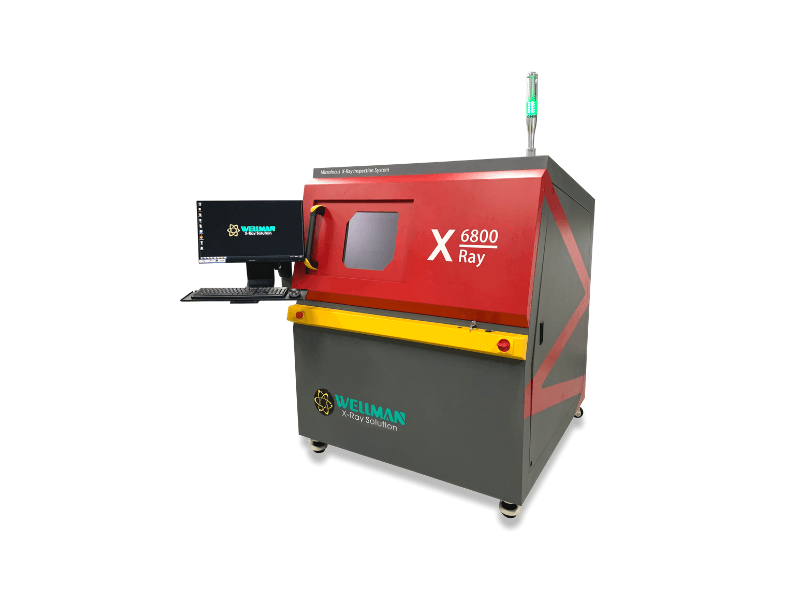What Advantage Does the X-ray Method of Inspection Have Over Other Types of Inspection?
When it comes to inspecting products for quality control and safety purposes, various methods are available. However, the X-ray method of inspection stands out due to its unique advantages and capabilities. In this blog post, we will explore the advantages that X ray inspection offers over other types of inspection methods.

Advantages of X-ray Inspection Over Other Inspection Methods
Non-Destructive Testing
One significant advantage of X-ray inspection is its non-destructive nature. Unlike destructive testing methods that require the destruction of samples for examination, X-ray inspection allows for thorough evaluation without damaging the product or component. This advantage is particularly valuable when dealing with delicate or expensive items, as it enables manufacturers to assess internal structures and defects without compromising functionality.
Internal Visibility
Unlike surface inspection methods, such as visual inspection or dimensional measurements, X-ray inspection provides internal visibility. It allows for the examination of hidden features, internal structures, and complex assemblies. This capability is especially beneficial when inspecting products with intricate designs, multiple layers, or hidden defects that may not be visible from the outside.
Detecting Internal Defects
X-ray inspection excels at detecting internal defects that may go unnoticed by other inspection methods. It can identify issues such as cracks, voids, porosity, and inclusions within materials or components. This ability is particularly crucial in industries where the integrity and reliability of products are paramount, such as aerospace, automotive, and medical device manufacturing.
Versatility in Material Types
X-ray inspection is highly versatile and can be applied to a wide range of materials, including metals, plastics, composites, ceramics, and more. Whether inspecting dense metallic structures or lightweight composite materials, X-ray inspection can effectively penetrate and reveal the internal features, defects, or contaminants within the tested material.
Contaminant Detection
X-ray inspection is exceptionally effective in detecting foreign objects or contaminants within products. It can identify metallic, non-metallic, and even organic materials that may compromise the integrity, safety, or functionality of the inspected item. This capability is particularly crucial in industries such as food processing, pharmaceuticals, and electronics, where product purity and safety are of utmost importance.
High Accuracy and Resolution
X-ray inspection offers high levels of accuracy and resolution in detecting even the smallest defects or irregularities. Advanced X-ray systems can produce detailed images with exceptional clarity, enabling inspectors to identify and analyze minute features or inconsistencies within the inspected object. This accuracy ensures precise defect detection and reliable quality control.
Conclusion
The X-ray method of inspection holds significant advantages over other types of inspection methods. Its non-destructive nature, internal visibility, ability to detect internal defects, versatility in material types, exceptional contaminant detection capabilities, and high accuracy and resolution make it a superior choice for various industries. By leveraging X-ray inspection, manufacturers can ensure product integrity, safety, and compliance while maintaining high-quality standards, ultimately enhancing customer satisfaction and business success.
评论
发表评论